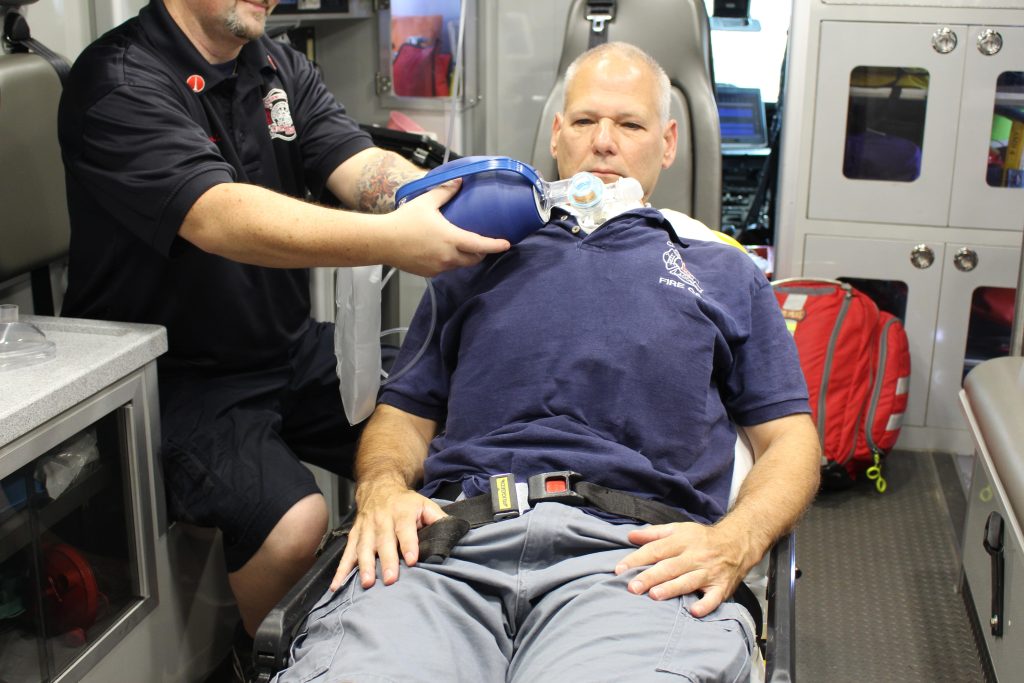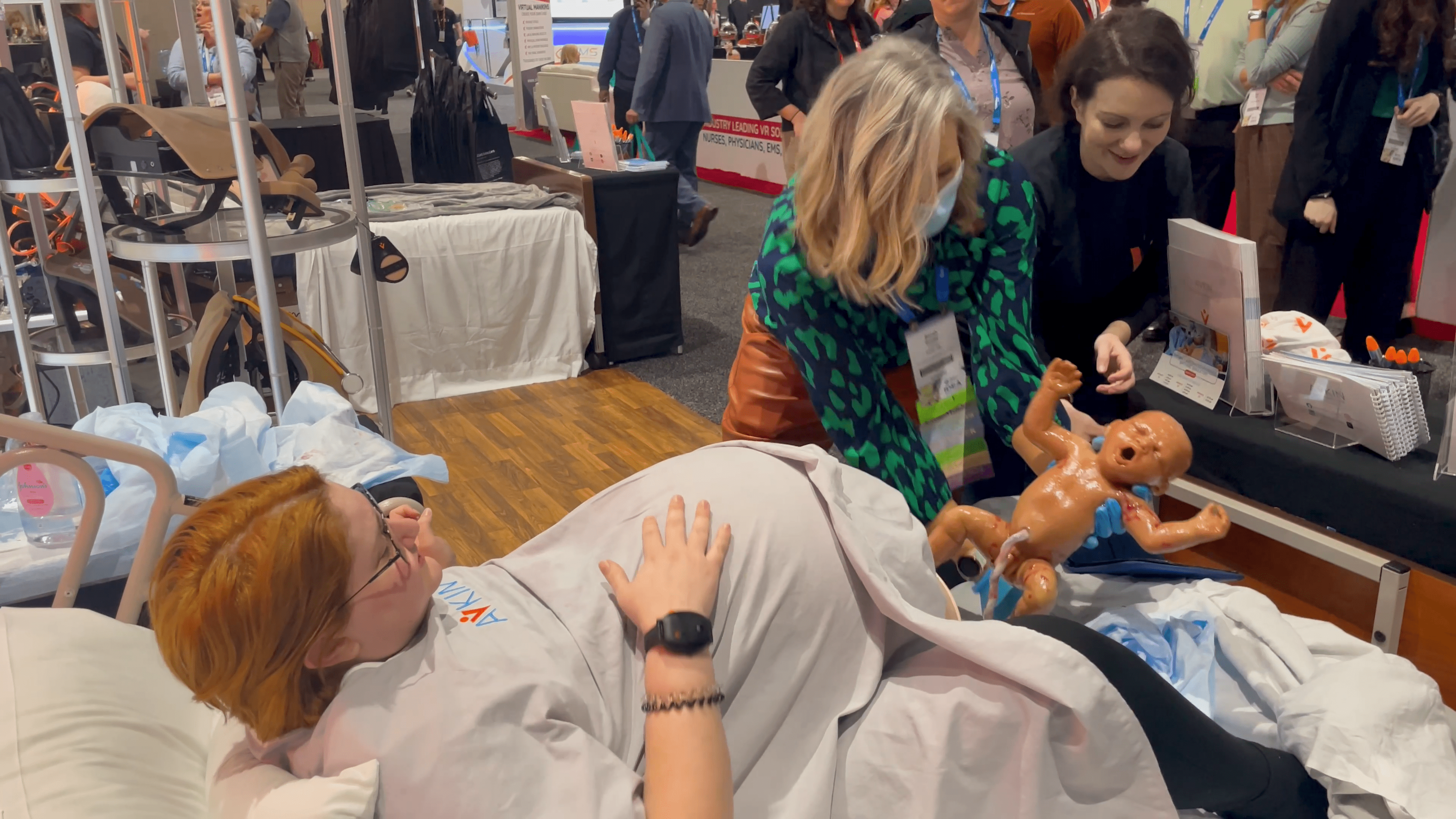In the evolving landscape of healthcare education, the integration of simulation-based training has become a cornerstone for preparing students and professionals for real-world clinical scenarios. Among the innovative solutions making significant impacts, Avkin’s wearable simulators stand out for their ability to offer immersive and realistic learning experiences. This article dives into the practical applications of Avkin products and the myriad advantages they bring to training programs.
Advertorial
Avkin’s suite of wearable simulators, including the Avbirth, birthing simulator, Avwound, wound care simulator, Avtone, for auscultation, and others, are designed to enhance the fidelity of healthcare simulations. Unlike traditional manikin-based simulations, which primarily focus on procedural skills, Avkin’s wearables allow learners to engage in complex patient-caregiver interactions, honing in on their communication skills alongside clinical competencies.
The Avbirth simulator, for instance, is a game-changer in maternal-fetal health education. It authentically simulates all stages of childbirth, from early labor to delivery, closely mimicking the physiological aspects of the birthing process. Unique features like haptic vibrations to cue the “mother” during contractions and the capability to simulate obstetrical emergencies make Avbirth an invaluable tool for learners. The tetherless design allows for a more dynamic simulation, enabling the “simulated mother” to move freely, which enhances the realism of labor and delivery scenarios.
Moreover, the integration of Avkin’s simulators with the Avkin App facilitates a seamless simulation experience. Facilitators can control various aspects of the simulation, such as the release of amniotic fluid, the strength and duration of contractions, and even pre-programmed scenarios to challenge learners and develop their critical thinking skills.
The advantages of incorporating wearable simulators into training programs are multifaceted. They offer a level of realism that bridges the gap between classroom learning and clinical practice. This realism is not only in the physical simulation of medical conditions but also in the interaction with “patients,” allowing learners to practice empathy, communication, and teamwork in a controlled environment.
Feedback from both educators and students frequently emphasize the value of Avkin’s products in enhancing educational outcomes. The ability to practice both technical and soft skills in a realistic setting has been shown to improve learners’ confidence, empathy, and clinical judgment.
Educators have noted significant improvements in their students’ ability to apply theoretical knowledge to practical situations, a testament to the effectiveness of Avkin’s wearable simulators.
“We have 3 of (Avkin’s) products and love using them with Standardized Patient,” Debra Loop, an assistant teaching professor & simulation coordinator at Penn State, Erie Campus, said when asked about how her student’s reacted to the wearables. “We have excellent student feedback regarding this pedagogical strategy. In fact, students prefer standardized patients over the use of high-fidelity simulators. The added realism that the Avkin products bring to the simulation just enhances student-patient interactions and deepens the level of student learning.”
During The International Meeting on Simulation in Healthcare (IMSH) 2024, Avkin demonstrated the Avbirth for hundreds of simulation professionals and students. One of the professionals, Sarah Bebee of Bay Health Medical Center located in Dover, DE, had a special opportunity to take part as the healthcare provider in a birthing simulation. Being a nurse midwife and women’s health nurse practitioner by trade, she was taken back by the realism of the simulation, including the real human interaction.
What was it like for Sara Bebee to use the Avbirth?
“Extremely realistic,” she answered with a smile.

“l love that the water breaks as well as some bleeding (so) that you’re able to check the cervix very accurately.” She continued, “The hand positioning and everything was exactly how I would expect it with a regular patient. And I liked that I was able to support a real person throughout her labor.”
In her experience, the Avbirth’s realism is like nothing else on the market. “Well, it’s a person…” she explained, “which is pretty great because you can react and work with a real human who has that feedback, that instant feedback and that real realistic experience.”
In conclusion, Avkin’s wearable simulators represent a significant leap forward in healthcare education technology. Their practical applications extend across various domains of healthcare training, from obstetrics and wound care to basic assessment skills. The advantages of integrating such technology into training programs are clear: enhanced realism, improved learner engagement, and a holistic approach to developing both technical and interpersonal skills. As healthcare education continues to evolve, tools like Avkin’s wearables will undoubtedly play a pivotal role in shaping the next generation of healthcare professionals.
READ ALSO






































